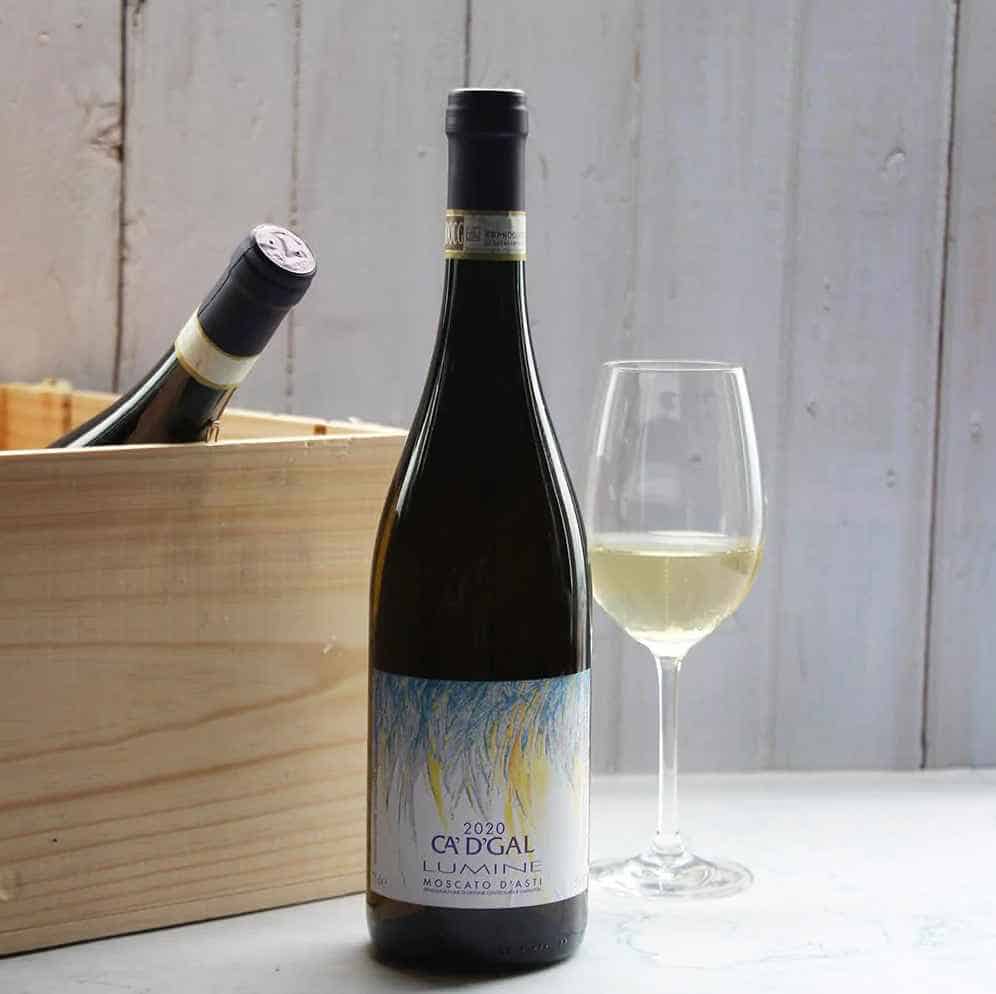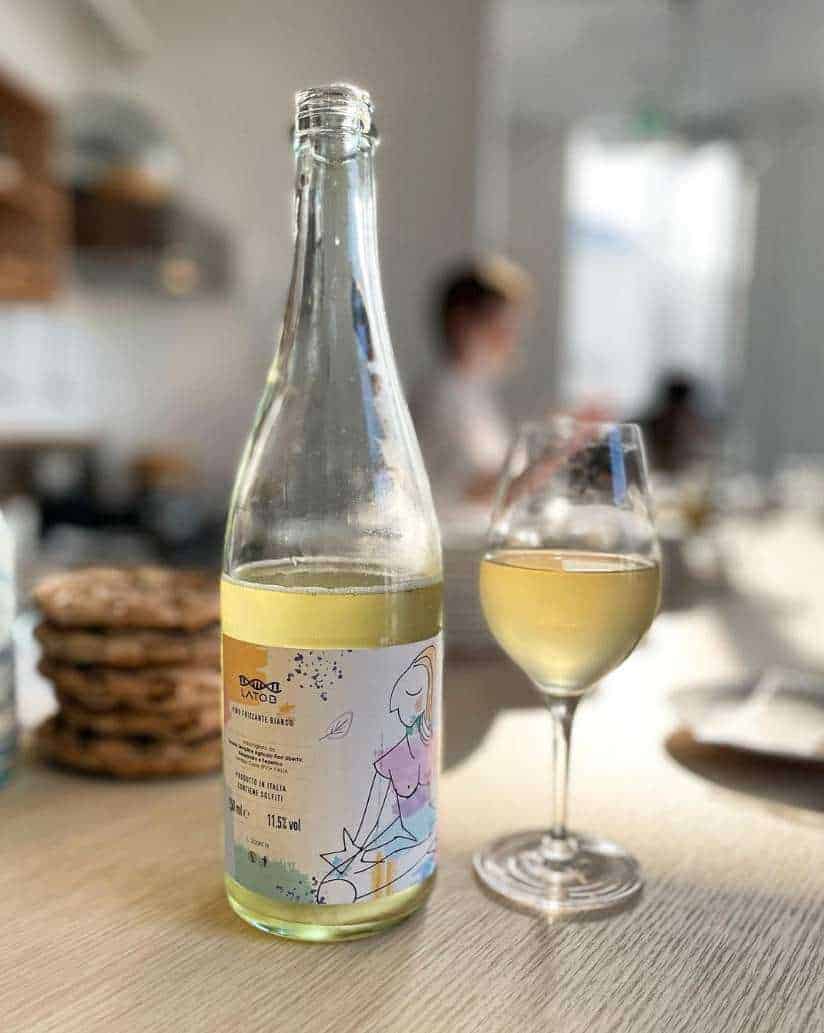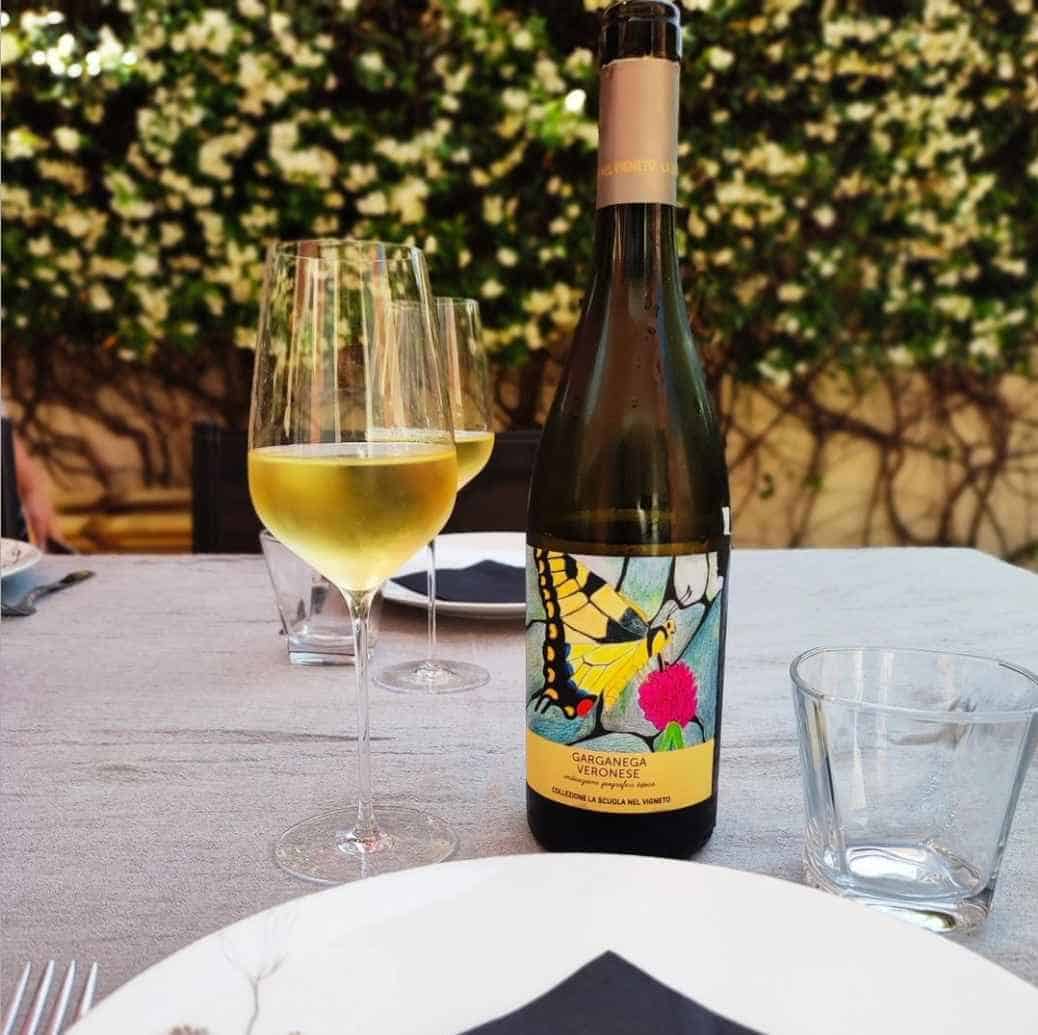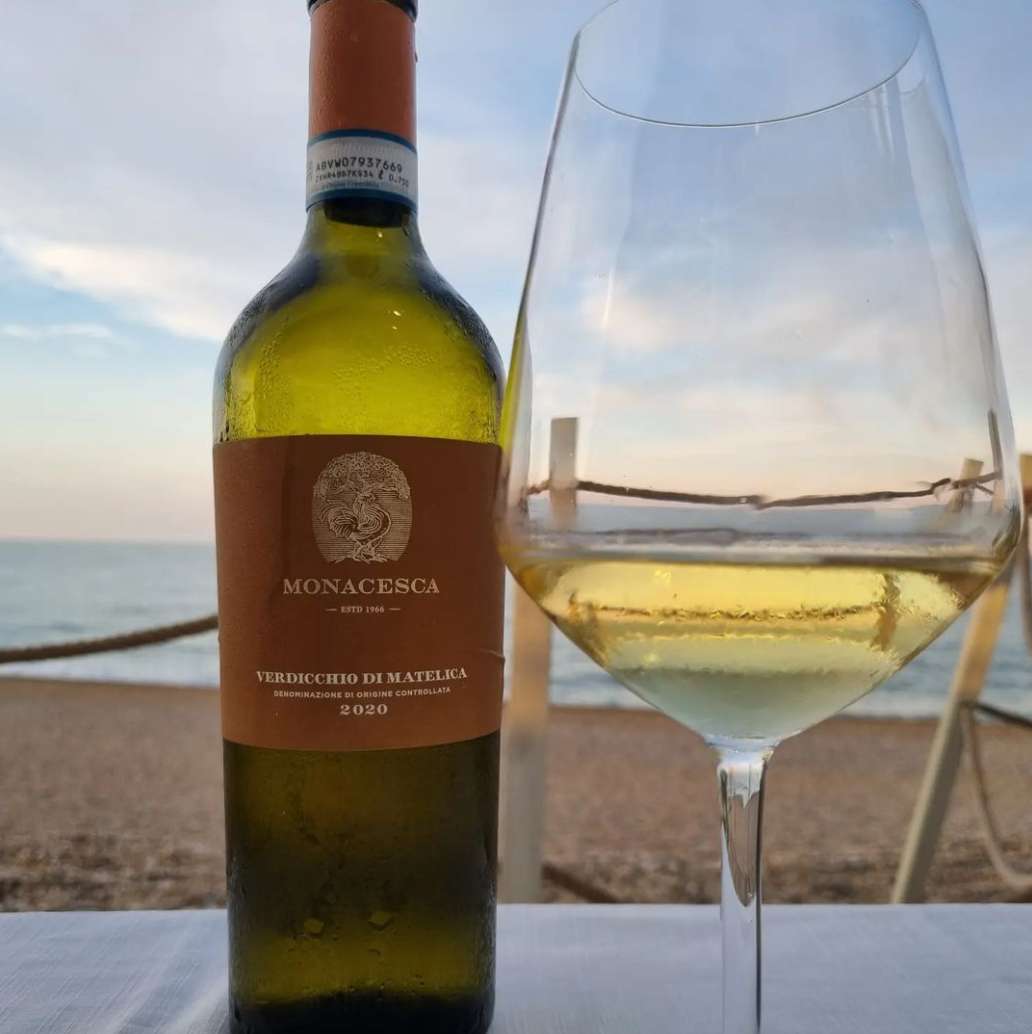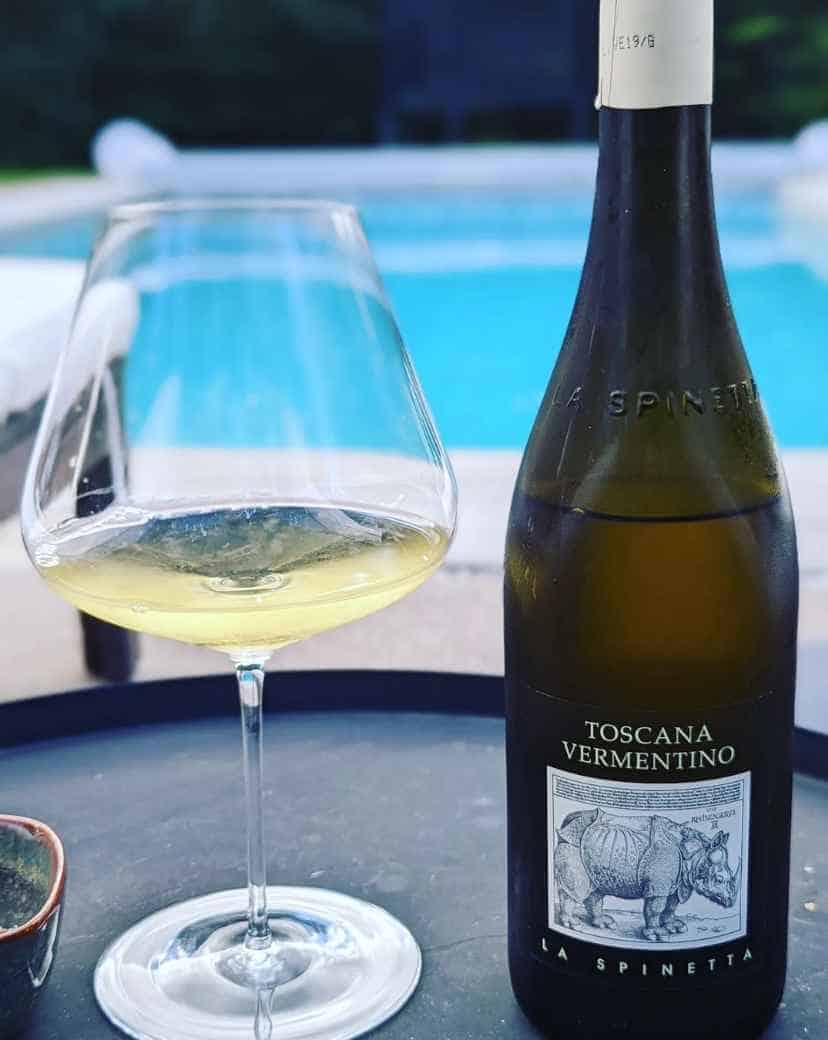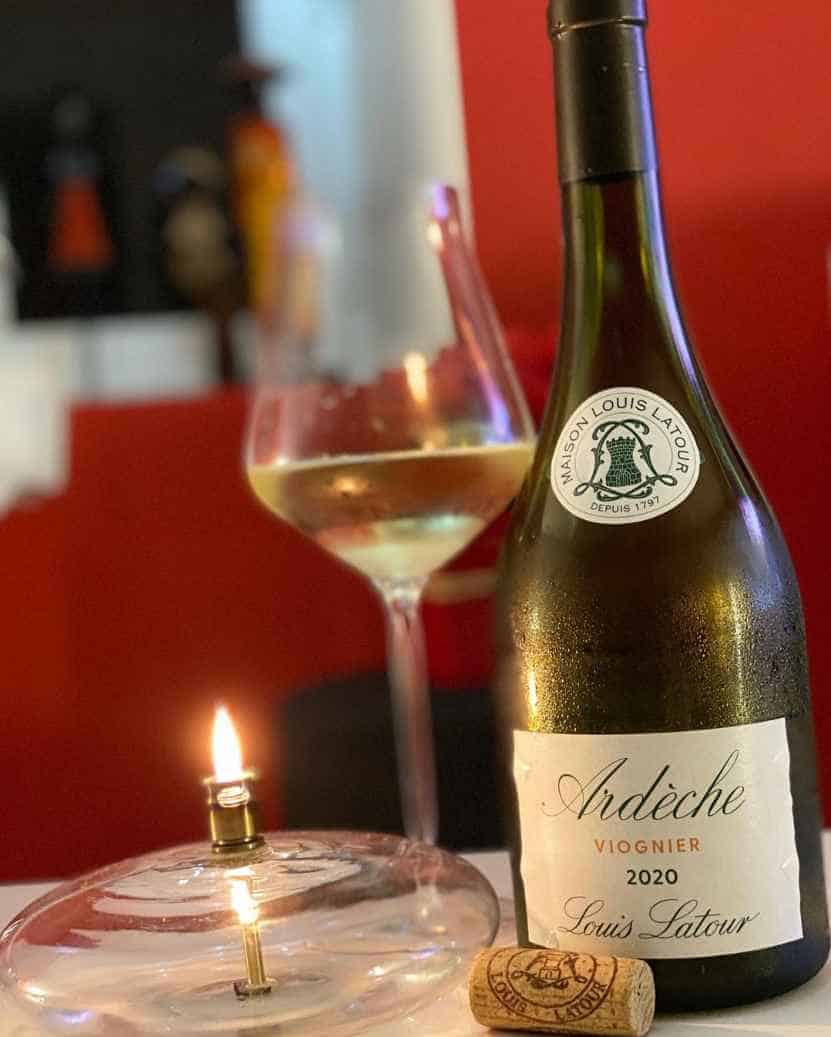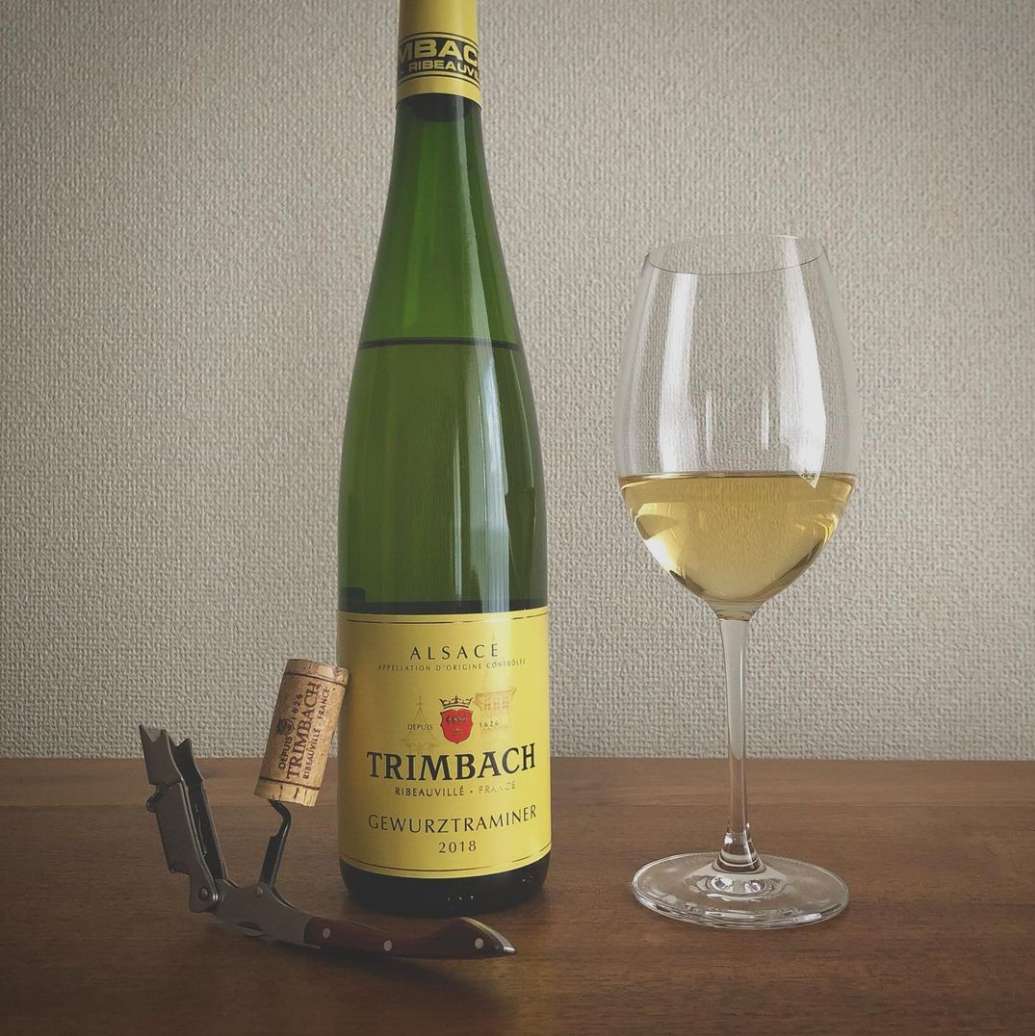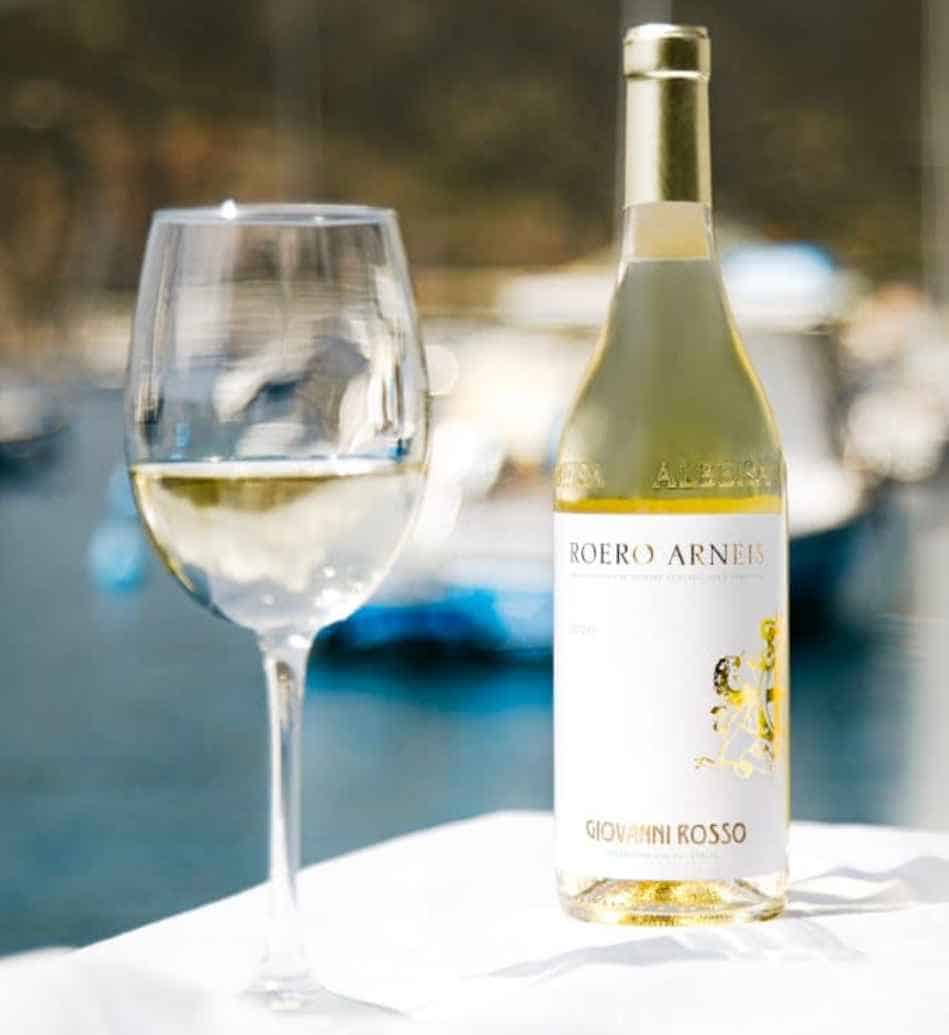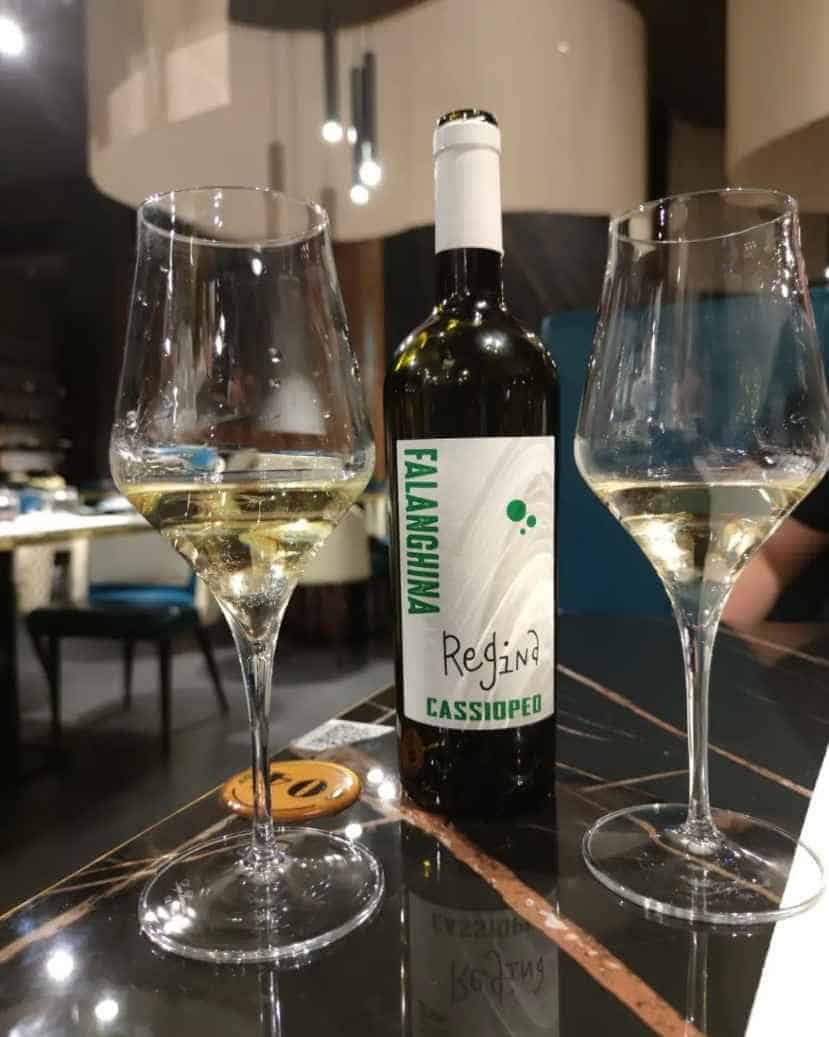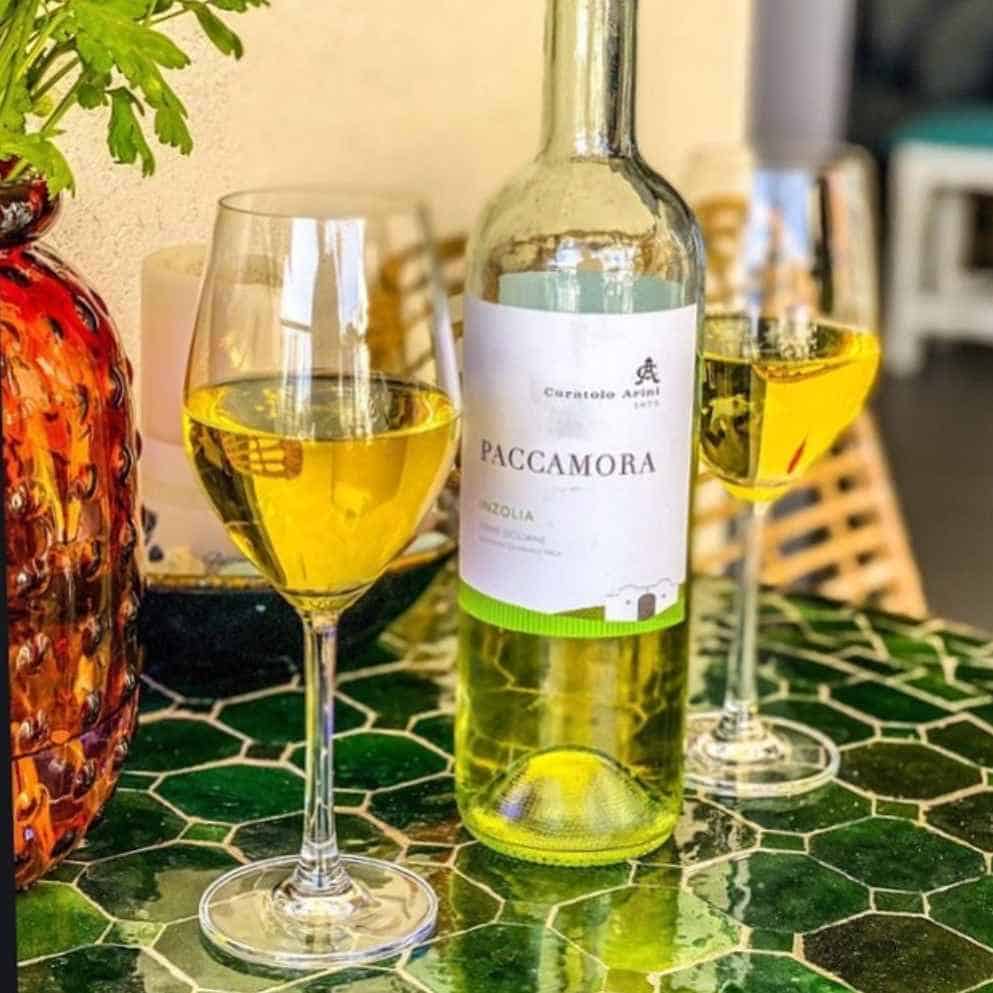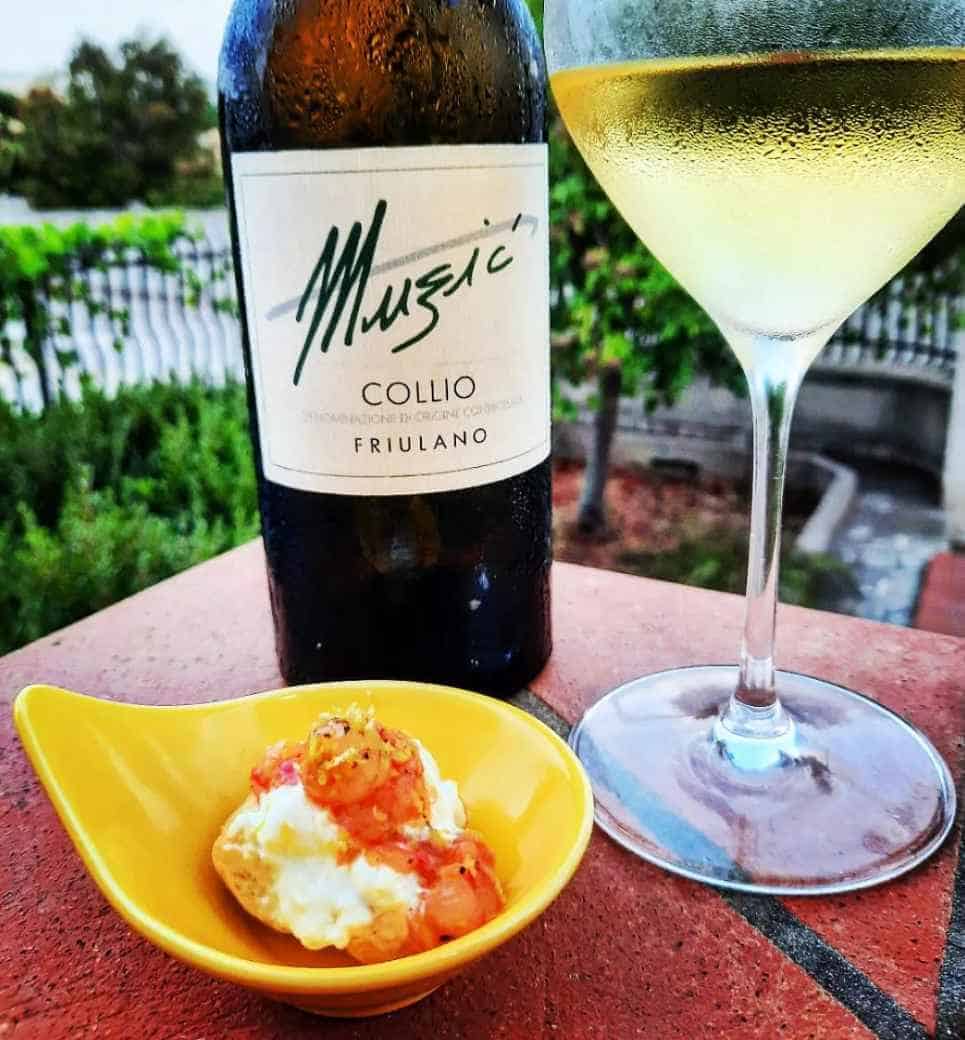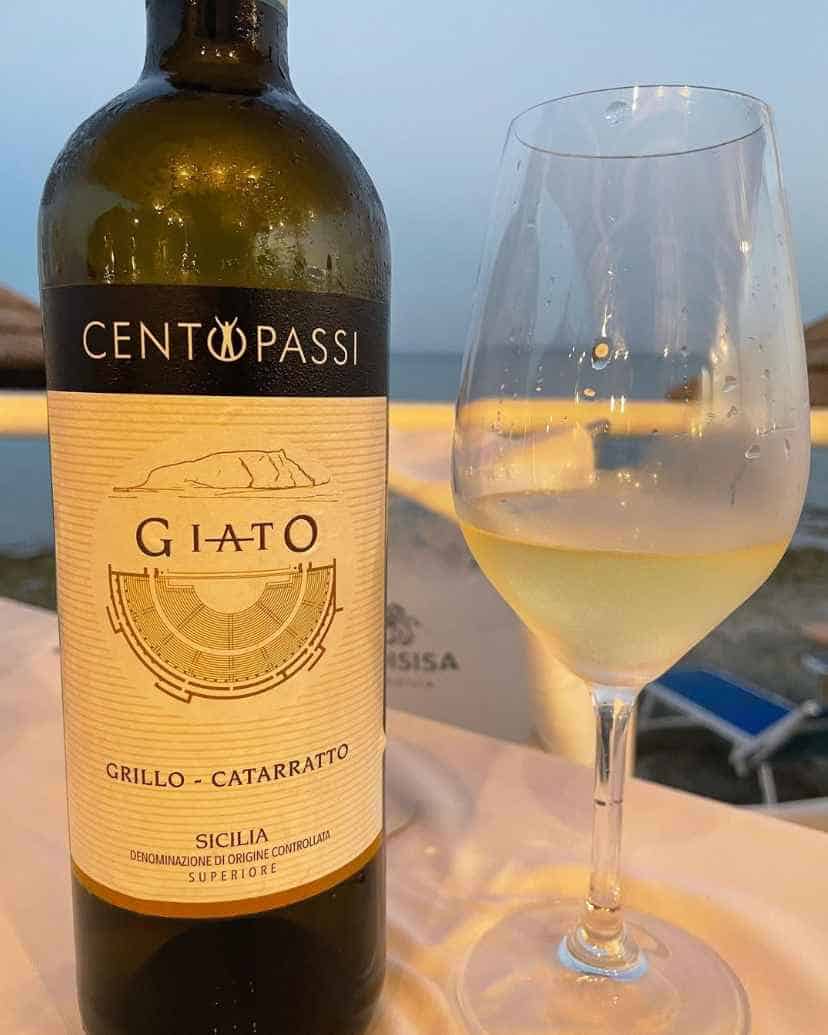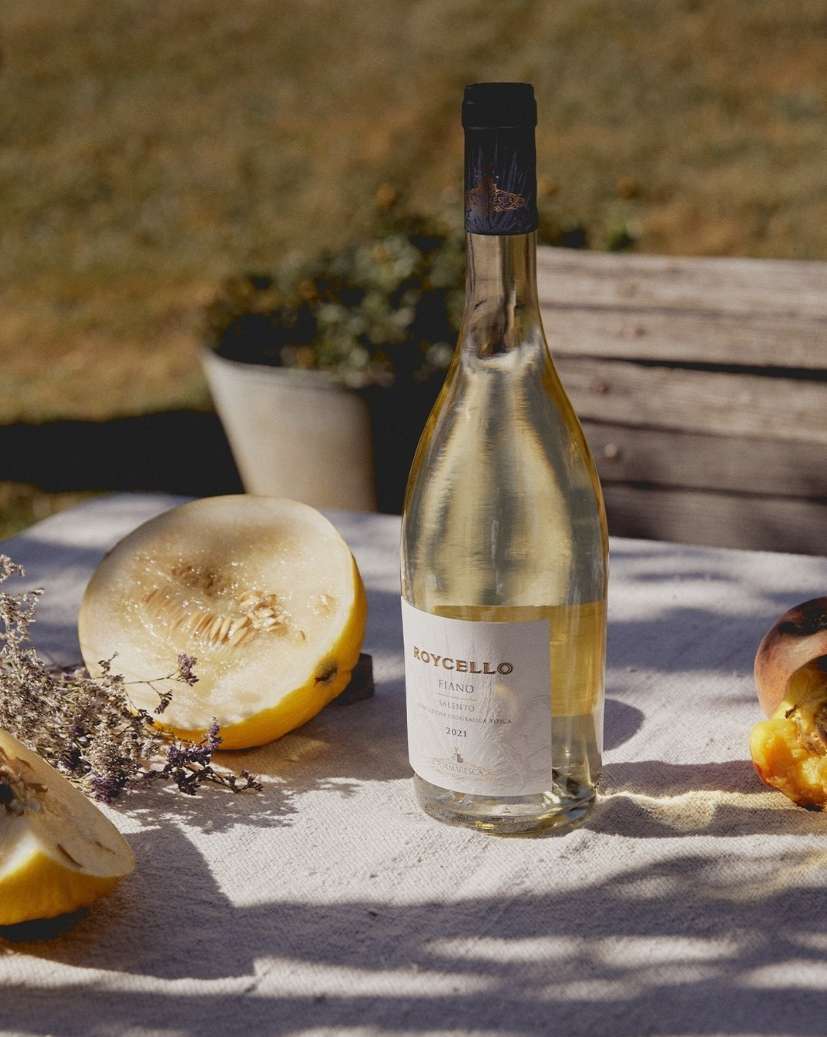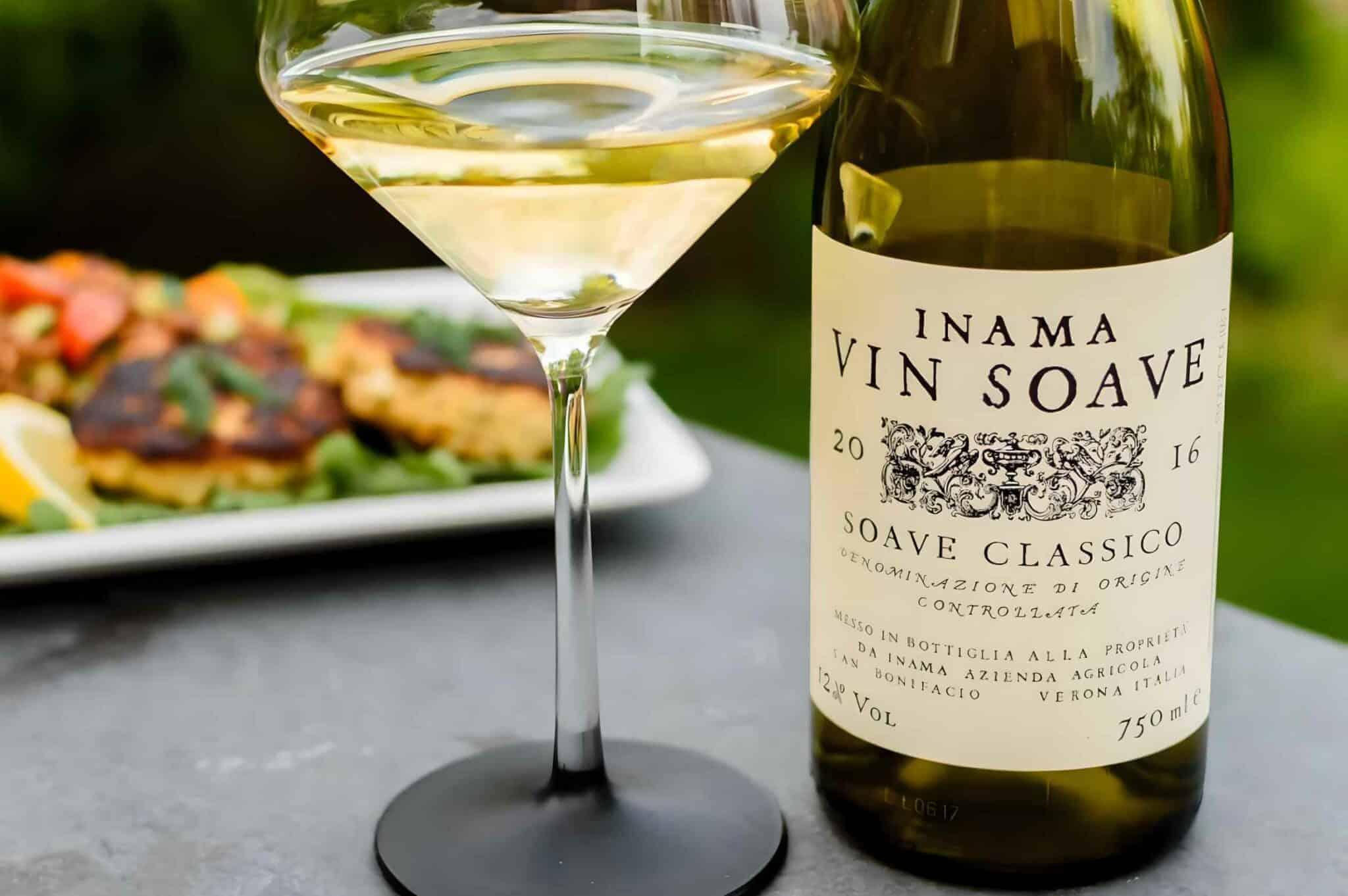Italy is reputable for housing award-winning wines and its myriad of wineries. Wines produced in Italy have lighter acidity and lower alcohol content which makes them perfect for casual wine drinking.
Those who rarely drink wine only appreciate red wines. They do not know how diverse and unique the flavor and aroma of white wines are, just like red wines. Skip the judgment, white wines are as sophisticated as red wines.
What is White Wine?
White wines are from grapes that have colorless skins, but sometimes they are light green or yellow. The grape skin pigment dictates its juice or wine color.
The production of white wines is not similar to red wine. Even with minimal color or skin pigment, the grape skins are removed before it is fermented.
This prevents the wine from having color and high tannin levels in the wine. White wines are fermented for 2 to 4 weeks at a low temperature to make their aroma and delicate taste come out.
In terms of characteristics, Italian white wines and red wines also have a few differences.
Characteristics of Italian White Wines
A noticeable difference between white wine and red wine is the wine acidity level. The grape variety for white wines is picked earlier than the grapes for red wines. It emphasizes acidity and gives a refreshing character to the wine.
Most white wines have citrus and tropical fruit notes. Its flavor leans toward lemon, orange, and apple. The next category wine lovers check is its grape variety. It might take a while for you to check them categorically, as there are plenty of grape varieties.
Let’s uncover the popular types of Italian white wines. It is not only Pinot Grigio and Moscato d’Asti, there are a bunch more.
Popular Types of Italian White Wines
Even when you are in love with red wines, you may want to appreciate and explore Italian white wines. We will take you through 15 popular Italian white wines that should be in your wine cabinet.
|
Type |
Origin |
Notable flavors |
ABV |
|
Pinot Grigio |
Northeastern, Italy |
● Lime ● Apple ● Lemon ● Peach ● Pear |
12.5% to 13.5% |
|
Moscato d’Asti |
Piedmont, Italy |
● Meyer lemon ● Mandarin orange ● Pear ● Orange blossom ● Honeysuckle |
5.5% |
|
Cortese |
Piedmont, Italy |
● Honeydew ● Meyer lemon ● Gala apple |
11.5% to 13.5% |
|
Garganega |
Veneto, Italy |
● Tangerine ● Honeydew ● Peach |
11.5% to 13.5% |
|
Verdicchio |
Marche, Italy |
● Peach ● Lemon curd ● Almond skin |
11.5% to 13.5% |
|
Vermentino |
Sardinia, Italy |
● Lime ● Grapefruit ● Almond ● Green apple |
11.5% to 13.5% |
|
Viognier |
Piedmont, Italy |
● Tangerine ● Peach ● Mango ● Honeysuckle |
13.5% to 15% |
|
Gewürztraminer |
Trentino-Alto Adige, Italy |
● Grapefruit ● Lychee ● Tangerine ● Ginger |
13.5% to 15% |
|
Arneis |
Piedmont, Italy |
● Honey ● Raw almond ● Peach ● Yellow apple |
11.5% to 13.5% |
|
Falanghina |
Campania, Italy |
● Peach ● Lemon ● Almond ● Honey |
11.5% to 13.5% |
|
Inzolia |
Sicily, Italy |
● Apricots ● Citrus |
12.5% |
|
Friulano |
Friuli-Venezia Giulia, Italy |
● Green pear ● Grapefruit ● White peach |
11.5% to 13.5% |
|
Catarratto |
Sicily, Italy |
● Lemon ● Apple ● Peach ● Honey ● Dried flowers |
11.5% to 13.5% |
|
Fiano |
Campania, Italy |
● Asian pear ● Honeydew ● Hazelnut |
11.5% to 13.5% |
|
Soave |
Verona, Italy |
● Peach ● Honeydew melon ● Orange zest |
12.50% |
These sophisticated white wines prove that Italy has more to offer than the famous Pinot Grigio.
Pinot Grigio
Pinot Grigio is one of the most popular Italian white wines that share the same grape variety as Pinot Noir and Pinot Blanc. But differs in where they are cultivated.
The wine has an unmatched acidity and crispiness making it a crowd-pleaser. Its citrus notes of green apple, lemon, lime, pear, and peach excite your palate. Pinot Grigio has a high alcohol content of 12.5% to 13.5% ABV.
Moscato d’Asti
Moscato is the Italian name for the oldest grape variety in the world, Muscat Blanc. Moscato d’Asti is the most popular wine style of Moscato.
The wine is light-bodied with sweet Meyer lemon, mandarin orange, and honeysuckle. Even with its citrus notes, the wine has a unique floral aroma that gives a hint of cinnamon and mint. You can enjoy a sweet Moscato d’Asti even on a Tuesday night. Its 5.5% ABV cannot stop you.
Cortese
A grape variety in Italy that strives in the wineries of Piedmont. Even when this grape variety grows in a warm climate, it still retains its crispness and freshness. Cortese has the flavor of an apple or peach. It sometimes has a hint of almond, a light herbal aroma, and honeydew.
Garganega
This grape variety is quite versatile. Garganega is used in the production of Soave wines and Gambellara DOC. It is also used to produce sparkling and dessert wine styles.
Most white wines that are Garganega-based are straw yellow and become more intense as they age.
Dessert Garganega wines display tangerine, peach, and honeydew while the dry wines have hints of flowers, almonds, and apples. Garganega wines have 11.5% to 13.5% ABV.
Verdicchio
Marche wine is quite associated with Verdicchio. Verdicchio is an Italian grape variety that has a light and refreshing note which makes it perfect to use in blends and other varietals.
Verdicchio wines have high acidity and alcohol levels of 11.5% to 13.5% ABV. It has citrus notes and a distinctive almond taste that makes it the perfect choice for a refreshing summer wine.
Vermentino
An island in Sardegna, Italy cultivates this distinct grape variety. However, Vermentino goes by several names depending on which region they are grown in Italy.
This wine variety is called Liguria in Pigato, while Favorita in Piedmont. Vermentino wines that are grown in Sardegna are crisp and have mineral-saline characteristics.
You can appreciate the citrus flavor of Vermentino, it has hints of lime, grapefruit, almond, and green apple. Vermentino has an ABV between 11.5% to 13.5%.
Viognier
Originally, Viognier is traditionally cultivated in France but it is grown in different regions worldwide including Italy. Viogniers have peach, tangerine, and apricot undertones.
Meanwhile, those that are grown in France have a signature scent of jasmine and blossom. Viognier has 13.5% to 15% ABV. You can pair it well with spicy flavors and Asian cuisines.
Gewürztraminer
An off-dry wine like Gewürztraminer has the perfect balance of sweetness and acidity. The wine has notable flavors of grapefruit, lychee, tangerine, and ginger with exotic floral scents.
Gewürztraminer has a thick mouthfeel, low acidity level, and an ABV of 13.5% to 15%. This makes the wine perfect for seafood like tuna, salmon, and mahi-mahi.
Arneis
A native wine grape variety in Piedmont that gives a distinct characteristic in Roero. Arneis is famously known for the production of Roero Arneis DOCG.
Arneis has a story to tell. Even though Arneis was grown in Piedmont since the Roman era, it was on a verge of extinction during the world wars. It was in the 1960s when Arneis is reintroduced as a grape variety.
This grape variety produces a fruity palate and aromas that excites your senses. Arneis has notes of honey, raw almond, peach, and yellow apple. It is a medium-bodied wine with 11.5% to 13.5% ABV.
Falanghina
Several white grape varieties are cultivated in Campania and Falanghina is one of the oldest. It has two sub-varieties, Beneventana and Flegrea, which share similar characteristics.
However, Flegrea sometimes tends to have citrus and tropical fruit notes, while Beneventana is more floral. Falanghina wines have a high alcohol content between 11.5% to 13.5% ABV.
Inzolia
Inzolia is a known Italian grape variety that is used for Marsala wine and often in Catarratto. The wines from Inzolia have distinct floral and nutty characteristics with notes of apricots, citrus fruits, and peaches. Inzolia has a low to medium acidity with 12.5% ABV.
Friulano
Sauvignonasse variety is quite known in France; its Italian name is Friulano. Friulano originates in France but was never widely cultivated there.
This wine variety is rarely cultivated outside Italy, it is only cultivated by a few in Chile and Slovenia. That’s why it is known to be one of the signature varieties in Friuli-Venezia Giulia.
Friulano has undertones of green pear, grapefruit, almond and white peach. Its young-aged wines have mineral-like hints. Friulano wines are light-bodied wines with 11.5% to 13.5% ABV.
Catarratto
Catarratto is a white grape variety cultivated in Sicily. The wine was mainly used for bland wines and recognized for its unimpressive characteristics. However, some winemakers knew a better approach and helped the redemption of Catarratto.
The wine has hints of lemon, apple, peach, honey, and dried flowers with some herbal and tropical notes. Catarratto has 11.5% to 13.5% ABV.
Fiano
A wine variety that made its redemption in the 1980s and has been recognized for its ability— Fiano.
You can mostly see Fiano in Campania. It is best known for its ability to produce aromatic and crisp wines with distinct character and fruity notes even though it is low-yielding and early-ripening.
Fiano has hints of Asian pear, honeydew, and hazelnut with tendencies to develop spicy and smoky notes. It is a medium-bodied wine with 11.5% to 13.5% ABV.
Soave
Among the grape varieties cultivated in Veneto, Soave is the best-known wine in the region. Soave is predominantly from the Garganega variety and a mix of small amounts of Chardonnay and other varieties.
Soave has three styles, dry sparkling spumanti, and sweet recioto. Most varieties have delicate characteristics and are light-bodied. Casual drinkers have light Soave as an aperitif but it goes well with seafood and pasta too.
If you have decided to try one of these Italian white wines, try them with your favorite dish! They might be a good pairing.
As a side note, here’s some more information on popular types of white wine.
Best Food Pairing for White Wines
You can have two different approaches in food pairing white wines: complement or contrast.
Choose food flavors that complement and match the wine’s texture and intensity. Meanwhile, you can go for a flavor that contrasts its texture and intensity to reduce and balance the flavor of the meal.
Pair white wines with poultry, shrimp, crab, lobster, fish, appetizers, and cheeses. Despite your approach, do not forget to serve your white wines chilled.
Best Commercial Italian White Wines to Try
There are several Italian white wines you can find at the store, but it is overwhelming to look for compelling ones. We have prepared a few that you can try. These commercial Italian white wines have a distinct taste and style.
- Alois Lageder 2018 Porer Pinot Grigio Südtirol Alto Adige
- Feudo Montoni 2019 Catarratto del Masso Sicilia DOC
- Vietti 2020 Roero Arneis DOCG
- Pieropan Soave Classico Calvarino
- Cantina Tramin Gewürztraminer Nussbaumer
Try these impressive bottles. Do not hesitate to go out of your comfort zone and pair them with your favorite dish on a Tuesday night.
Common FAQs About Italian White Wines
What is the most popular type of Italian white wine?
The most popular Italian white wine is Sangiovese. Sangiovese wines are widely planted grape varietals in Italy. It houses the best white wines in Italy, such as Chianti Classico.
Which Italian white wine is the sweetest?
The sweetest Italian white wine is Moscato. It is known to be a dessert wine because of its sweetness and low alcohol content. You can cap your evening with a Moscato wine and dessert.
Do light-bodied and full-bodied white wines have different ABV levels?
Yes, light-bodied and full-bodied wines have different ABV levels. Light-bodied white wines have less than 12.5% ABV level. Meanwhile, full-bodied white wines have an ABV content greater than 13.5%.
Which region in Italy has the best white wine?
Piedmont wine region claims the spot as the best white wine region in Italy. You can visit several famous wineries in Piedmont. Several DOCG wines are produced in Piedmont, such as the sweetest Moscato d’Asti wines.
Conclusion
Trying different wines is a step closer to mastering the craft. Get into these popular Italian wines that you should try. You will find yourself going back to a glass of white wine or food pairing again and again because of how it perfectly feels in your mouth.

George Moore, co-founder of Wine Flavor Guru, is a charismatic entrepreneur with a rich background in California’s wine industry. Alongside Sylvia, he transformed a Sonoma County vineyard into a source of premium wines. George’s expertise in sourcing exceptional grapes and his approachable style make wine appreciation both accessible and engaging.



